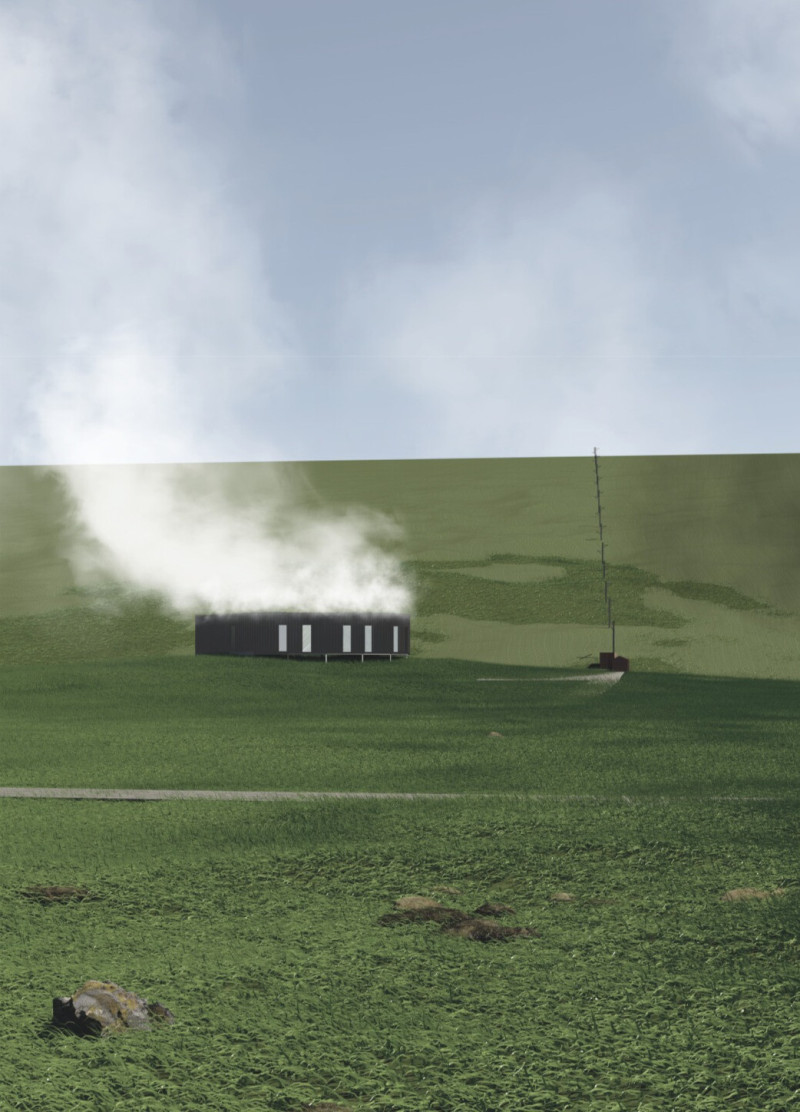5 key facts about this project
At its core, this architecture represents a commitment to creating spaces that are both functional and meaningful. The design serves multiple functions, catering to a diverse range of activities that facilitate interaction and engagement among users. The layout is intuitively organized, ensuring that the flow between various areas enhances usability while promoting a sense of community. The spatial arrangement prioritizes accessibility and comfort, allowing occupants to navigate the spaces effortlessly and fostering an atmosphere conducive to collaboration and creativity.
Important elements of the project include the innovative use of materials, which play a crucial role in defining the architectural language. The selection of concrete, glass, wood, steel, and brick not only contributes to the aesthetic quality of the design but also enhances its structural integrity and sustainability. Concrete surfaces provide a sense of longevity, while expanses of glass invite natural light, creating a dynamic interaction between the interior and exterior environments. The warmth and texture of wood elements add depth, softening the overall appearance of the space and making it more inviting. Steel components emphasize modernity and stability, skillfully integrating the structural framework with the architectural vision. Additionally, the inclusion of brick, where applicable, references local construction traditions, grounding the project within its cultural context.
The design also pays significant attention to landscaping, effectively extending the architectural narrative into the outdoor realm. Thoughtfully curated greenery and open spaces invite occupants to engage with the environment, enhancing the overall user experience and promoting well-being. Features such as pathways, seating areas, and water elements are seamlessly integrated to encourage exploration and add layers of interaction beyond the building's façade.
Unique design approaches are evident throughout the project, reflecting a sensitivity to ecological considerations and user needs. The integration of sustainable technologies demonstrates a forward-thinking approach to architecture, addressing pressing environmental challenges while enhancing the efficiency of the building. Techniques such as rainwater harvesting, solar energy integration, and the creation of green roofs contribute to overall energy performance and environmental stewardship.
Moreover, the architectural design embraces flexibility, allowing spaces to adapt to changing needs over time. This adaptability is vital in modern architecture, as it responds to the evolving dynamics of user behaviors and community requirements. The potential for reconfiguration ensures that the space remains relevant and continues to serve its intended purpose in the long run.
This project not only serves its immediate function but also instills a sense of place and belonging among users. The thoughtful synthesis of design elements and the intentional crafting of user experiences position this architecture as a vital contribution to the built environment. The design reflects a balance between aesthetic appeal and practicality, and it seeks to elevate the everyday lives of those who interact with it.
To delve deeper into the intricacies of this architectural project, including detailed insights into its architectural plans, architectural sections, and architectural designs, interested readers are encouraged to explore the project presentation for comprehensive information. This exploration will provide a greater understanding of the architectural ideas that shaped this unique project and offer a window into its thoughtful implementation.


























